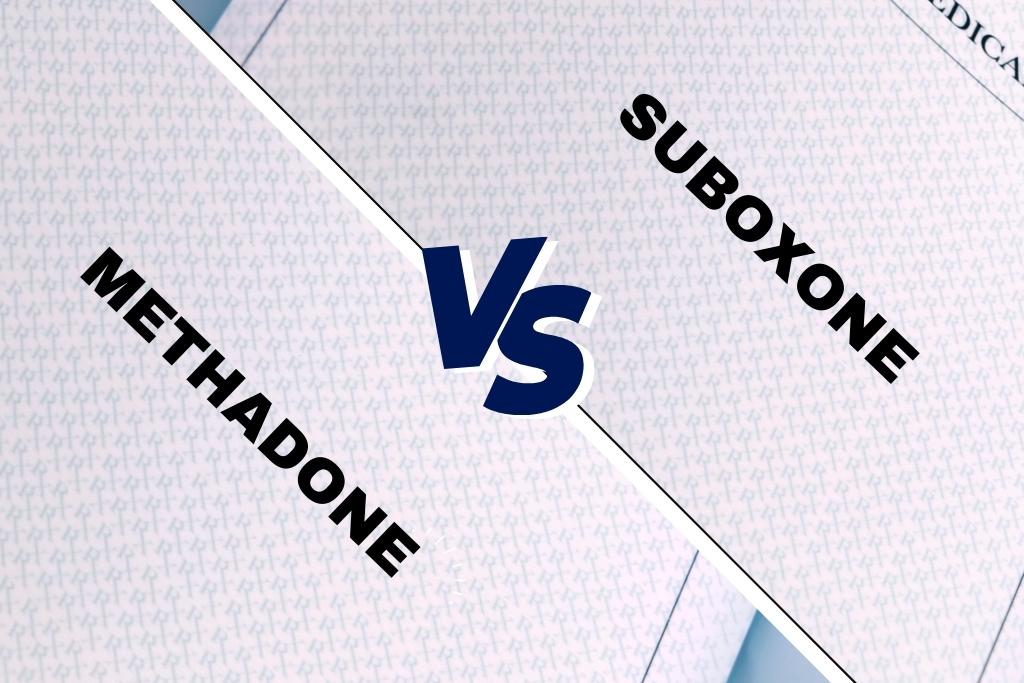The opioid crisis is one of the most pressing public health emergencies in both the United States and Canada. However, beneath the surface lies an under-recognized consequence: brain injuries resulting from non-fatal overdoses. June, being Brain Injury Awareness Month, presents an opportune moment to shed light on this issue and explore ways to recognize and treat survivors of the toxic drug crisis.
Understanding Drug-Induced Brain Injury
Opioid overdoses can lead to significant morbidity due to hypoxic brain injury caused by respiratory depression. When the brain is deprived of oxygen, neuronal damage or death occurs. The hippocampus, a critical region for memory and cognitive function, is particularly vulnerable.
A recent study investigated the effects of non-fatal opioid overdoses on hippocampal volume in patients with opioid use disorder (OUD). Using structural MRI and voxel-based morphometry, researchers found that patients with a history of overdose (OD) had significantly lower hippocampal volumes compared to those with no prior overdose (NOD). This reduction in hippocampal volume is associated with cognitive impairments such as memory loss, difficulty making decisions, and emotional dysregulation.
The Impact of Fentanyl and Xylazine
The rise of fentanyl and its analogs in the illicit drug supply has exacerbated the risk of overdose and subsequent brain injury. Fentanyl is approximately 100 times more potent than morphine, leading to a higher risk of respiratory depression and hypoxia. Additionally, xylazine, a veterinary sedative, has recently emerged as a common adulterant in fentanyl supplies. This combination can potentiate the risk of brain hypoxia, further increasing the likelihood of brain injury.
Neurological Implications
Opioid-induced hypoxia primarily affects brain regions like the hippocampus, leading to various cognitive and neurological issues. Survivors of non-fatal overdoses often experience:
- Memory Impairments: Reduced hippocampal volume is linked to significant memory deficits, affecting both short-term and long-term memory.
- Cognitive Dysfunction: Difficulties in attention, decision-making, and problem-solving are common, hindering daily functioning and quality of life.
- Emotional Dysregulation: Changes in mood, increased anxiety, and depression are frequent, complicating recovery efforts and overall mental health.
- Motor Coordination Issues: Some survivors report problems with motor skills and coordination, impacting their ability to perform everyday tasks.
The Hidden Epidemic
Despite the severe implications of overdose-induced brain injuries, there is a profound lack of awareness among healthcare providers, substance users, and their families. Many overdoses occur in private residences, and due to stigma, individuals often do not seek medical attention. Even when hospitalized, routine screening for brain injury is uncommon, leading to undiagnosed and untreated conditions.
Without proper diagnosis, many survivors are ineligible for essential support services provided by brain injury associations. This gap in care exacerbates the challenges faced by individuals with OUD, as cognitive deficits can hinder their ability to engage with and maintain treatment.
Addressing the Physiological and Neurological Issues
To combat this hidden epidemic, we must take several crucial steps:
- Prevention: Harm reduction services and Naloxone are critical in decreasing the risk of brain damage secondary to opioid overdose. Rescue breathing, combined with chest compressions, can supply the brain with oxygen, mitigating hypoxic brain injury.
- Early Detection and Treatment: Routine screening for brain injuries in overdose survivors can help identify and address cognitive deficits early, improving outcomes. Integrated healthcare services that cater to both brain injury and substance use disorder are essential.
- Research and Education: Ongoing research into the neurological effects of non-fatal overdoses can inform better treatment protocols. Educating healthcare providers about the signs and implications of hypoxic brain injury can lead to more timely and effective interventions.
- Support Services: Providing access to cognitive rehabilitation and mental health services can help survivors manage their symptoms and improve their quality of life. Community support programs can offer crucial resources and a sense of connection for those affected.
Delving Deeper into Opioid Overdose Implications
The physiological impact of opioid overdose extends beyond immediate respiratory depression. Hypoxia affects not only the hippocampus but can also lead to widespread brain injury. As the brain struggles to receive sufficient oxygen, other regions may also suffer, leading to complex and varied neurological deficits.
For example, chronic hypoxia can result in diffuse white matter damage, which affects the brain’s communication pathways. This can impair cognitive functions such as processing speed, attention, and executive functioning. Furthermore, the emotional and psychological toll on individuals can be profound, with increased rates of depression, anxiety, and other mental health disorders observed in survivors.
The Role of Fentanyl and Xylazine
Fentanyl, due to its high potency and rapid onset, has drastically increased the risk of overdose. Its lipophilic nature allows it to cross the blood-brain barrier quickly, leading to near-instantaneous effects. This reduces the window for intervention, making overdoses more likely to result in significant hypoxia before emergency services can respond.
Xylazine, when mixed with fentanyl, creates a dangerous synergy. As a central alpha-2 adrenergic agonist, xylazine reduces norepinephrine and dopamine release, leading to profound sedation and bradycardia. When combined with fentanyl’s respiratory depressant effects, the risk of severe hypoxia and subsequent brain injury increases. Research into the combined effects of these substances is crucial to developing better treatment protocols.
Practical Steps for Survivors and Care Providers
For survivors of non-fatal overdoses, understanding the potential long-term effects is essential. Engaging in regular cognitive assessments can help track any changes in brain function. Cognitive rehabilitation, including memory exercises and executive function training, can provide practical benefits.
Healthcare providers should be vigilant in screening for signs of brain injury in overdose survivors. Integrating cognitive assessments into routine care for OUD patients can ensure early detection and intervention. Providing education about the risks and signs of hypoxic brain injury can empower patients and their families to seek timely help.
Conclusion
The hidden epidemic of brain injuries resulting from overdoses demands immediate attention. By increasing awareness, improving diagnosis, and providing comprehensive healthcare services, we can better support survivors of the toxic drug crisis in the United States and Canada. Addressing the physiological and neurological issues associated with opioid overdoses is crucial for mitigating long-term impacts and aiding recovery.
This article aims to highlight the severity of brain injuries after overdoses and the urgent need for improved care and recognition. By focusing on prevention, early detection, ongoing research, and support services, we can help those affected by this hidden epidemic.
Sources
- Collateral Damage: Neurological Correlates of Non-Fatal Overdose in the Era of Fentanyl-Xylazine
- Brain Jury Epidemic
- Addiction and Brain Injury
- Overdose Risk and Traumatic Brain Injury
Written by Clare Waismann, Registered Addiction Specialist (M-RAS), Substance Use Disorder Certified Counselor (SUDCC II)
Disclaimer: The content of this article is intended for informational purposes only. It is not a substitute for professional advice or consultation. Despite the contributions from Clare Waismann, M-RAS, SUDCC II, and the expertise of our editorial team, information is subject to change, and readers are encouraged to seek direct expert guidance before acting upon any information provided here.
Opiates.com blog references various sources for its content. Always consult with a healthcare professional regarding any concerns or questions.














